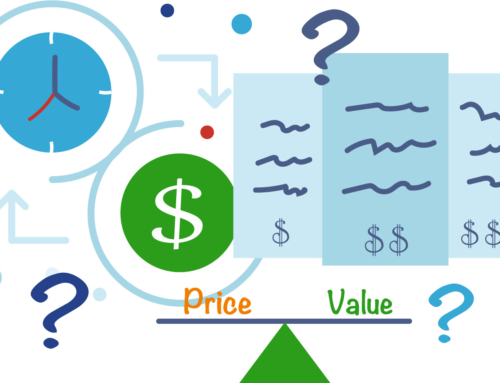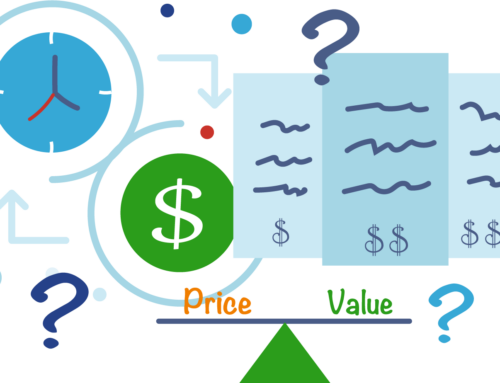The right pricing strategies can elevate your bookkeeping firm to new heights. We know: pricing can be a tricky issue. Working with money and talking about money, after all, are two very different things. You may know that your services are valuable, but you may also have time to quantify that value or explain it to your clients. That’s why we’re here to break down some pricing strategies that may be useful if one of your goals for this year is to grow your firm.
Know Your Clients
Probably the most important strategy when it comes to pricing your services is knowing your clients. Understanding your clients can help you understand your business too. What do your clients generally look like? How much revenue do their businesses generate? How much value would you say you create for them? What are their pain points and how can you best communicate your usefulness to them?
Create Packages
Once you understand your client base, you can create packages with them in mind, all set at different price points. This will help simplify your bookkeeping services to those who may not be as well-versed in what you do. Along with creating packages, you can also utilize menu pricing. This is a strategy wherein you offer numerous packages at different price points but start your pitch with the most expensive one. This will help clients to immediately understand the bracket your firm is in.
Understand Different Pricing Methods
- Hourly Billing: This is probably the pricing method most people are familiar with. With this model, you set an hourly rate for your services and charge clients accordingly based on the amount of time spent on bookkeeping work. There are a lot of downsides to this model. Though it may be easy to implement, hourly billing is extremely vulnerable to scope creep. It can be difficult to define bookkeeping tasks solely by the amount of time they take to complete. Further, hourly billing puts a cap on how much your firm can earn. There are only so many hours in the day, after all.
- Fixed-Fee Pricing: With this model, bookkeeping firms set a fixed rate for each specific type of work. This rate does not change, regardless of the amount of time it takes to complete the tasks associated with the job. Fixed-fee pricing can help you eliminate accounts receivable, but if your operation costs increase, you’ll have to update your prices too.
- Value-Based: Value-based pricing is where you charge based on the perceived value of your services, rather than based on time spent or type of project. If you are doing bookkeeping work for a larger business, for example, you would bill them higher because you are adding more value to their business. The drawback to this model is that it relies on your abilities as a salesperson.
Every bookkeeping firm is unique, and at the end of the day, multiple pricing methods and strategies may be needed for optimum results. Considering moving to a fixed pricing model? Don’t forget to check out our other blog for tips on transitioning your bookkeeping firm!



